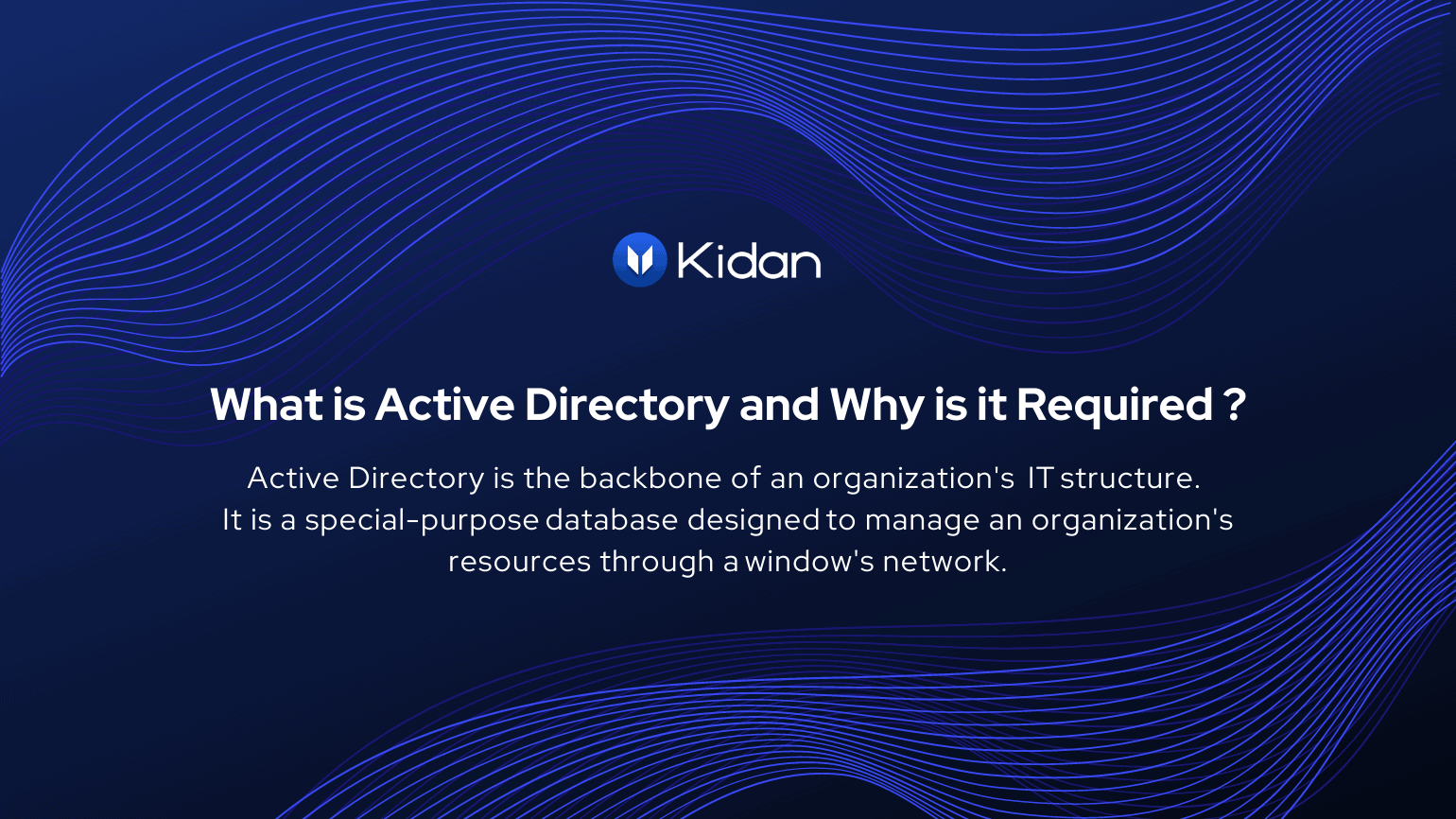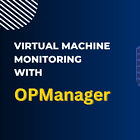Active Directory is the backbone of an organization’s IT structure. It is defined as “a special-purpose database designed to manage an organization’s resources through a window’s network.”
According to an estimate, 90% of organizations depend on Active Directory as it is the primary source of Authentication and Authorization of users and devices. It stores data as ‘Objects’ and the ’Domain’ is the logical security boundary that holds all the objects’ information within its perimeter.
The goal of Active Directory is to provide a Centralized database of Usernames and Passwords as well as ensures an organization can manage its tasks effectively with the help of the following features:
- Manageability
- Security
- Interoperability
For Network Administrators, AD is more scalable and more manageable compared to other database systems. Indeed, organizations can increase their values and work scopes with the ability AD have to a remarkably high capacity. Before AD, the popular method for managing an organization’s resources was “Workgroup”.

In Workgroup, administrators had to visit the physical terminal to make changes to certain information, such as the username and password of the terminal. This seemed convenient within a small organization. However, in large organizations, administrators are not able to overcome such problems because of the time and effectiveness factors. Active Directory has solved this problem by enabling administrators to achieve multiple management tasks and administrative duties by using a centralized Server.
Need of Active Directory in Business Organizations
An Active Directory is an excellent tool for administrators to manage and control services. It stores information of all the shared resources such as:
- Printers
- Folders
- Services
- Microsoft Exchange
- Calendar
Case Study
Let us assume a scenario of a small organization with 10 employees who are not diligent with their resources. Their systems are set up in a Workgroup Environment (legacy system) and these employees would never make it to work on time yet have full attendance. Additionally, they would download and run anything they deemed on their systems. Furthermore, they would use printers that were not dedicated to them as well as surf the internet freely. These are all certain obstacles and violations which can be easily overcome through the help of a Centralized Management System. Active Directory is a solution that provides such a system. Now, you might be asking,
“How does Active Directory account for such issues?”
This solution is quite comprehensive.

Active Directory
Firstly, the server within Active Directory allows each terminal to synchronize automatically to the system, therefore nobody can falsify their attendances. Secondly, with the help of a Disk Quota setup concerning the organization’s guidelines, the employees can download and run certain applications, thus limiting the extent to which the employees can run. Moreover, with a proper setup of Domain policy and permissions management, employees will not be able to surf the internet freely and unmonitored.
- Group Policy
AD is a user-friendly and well-organized platform that allows administrators to define a schema and segregate organization units and users based on their organizational structure. In other words, Group Policies allow the management of a company’s resources from a centralized location. These resources, or in AD terminology ‘Objects,’ can consist of terminals, printers, users, groups, etc.
- Domain Services
Domain Services (AD DS) are a core component of Active Directory and provide the primary mechanism for authenticating users and determining the accessibility of which network resources the users are liable to use. AD DS also provides additional features such as Single Single Sign-On (SSO), Security Certificates, Light Weight Directory Access Protocols (LDAP), and Access Rights Management.
- Domain Controller
Information is being shared between an organization’s domain with the help of the Domain Controller. The job of the Domain Controller within an Active Directory environment is to authenticate users to what they have access to.
To Conclude
In short, AD is a centralized platform that enables administrators to manage and secure the organization’s network resources as well as their associated security objects. It enables a streamlined security management system as well as interoperability between a wide range of applications and services. .
Moreover, AD assists organizations to meet their network and user’s security needs for the IT resources that are made available within the organization. Thanks to its functionalities, IT administrators can effectively and efficiently perform multiple administrative tasks and operations through a single system.
Kidan offers a complete solution for Active Directory Management to make your IT environment more secure and easy to manage. Have a Look !
You can find more information below:
Kidan’s Contact Information:
Email: [email protected]
Phone Number: +41 22 519 64 01
Connect with us:
LinkedIn: https://www.linkedin.com/company/kidanch/about/
Twitter: https://twitter.com/Kidan_Global
Medium: https://medium.com/@kidan
Facebook: https://www.facebook.com/kidan.ch/
Instagram: https://www.instagram.com/kidanllc/


